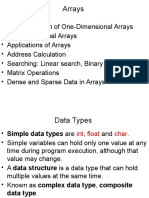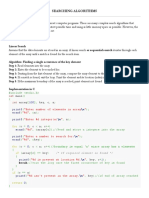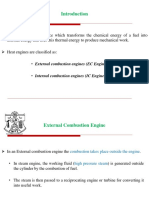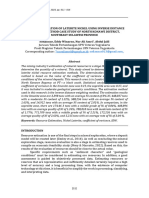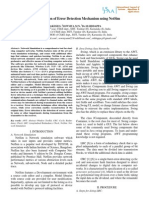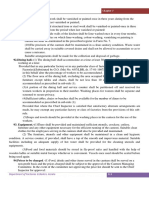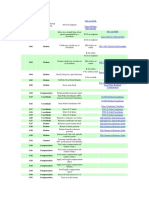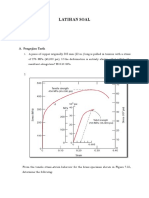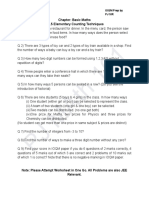0% found this document useful (0 votes)
48 views29 pagesPF Chapter 4 - PART 1 - Arrays and Struct
Chapter 4 discusses structured data types, specifically arrays and structures in C++. It covers the definition, declaration, and manipulation of arrays, as well as search algorithms like sequential and binary search. Additionally, it explains the use of structures for storing non-similar data types and how they can be nested or used in arrays.
Uploaded by
MopE LinceCopyright
© © All Rights Reserved
We take content rights seriously. If you suspect this is your content, claim it here.
Available Formats
Download as PDF, TXT or read online on Scribd
0% found this document useful (0 votes)
48 views29 pagesPF Chapter 4 - PART 1 - Arrays and Struct
Chapter 4 discusses structured data types, specifically arrays and structures in C++. It covers the definition, declaration, and manipulation of arrays, as well as search algorithms like sequential and binary search. Additionally, it explains the use of structures for storing non-similar data types and how they can be nested or used in arrays.
Uploaded by
MopE LinceCopyright
© © All Rights Reserved
We take content rights seriously. If you suspect this is your content, claim it here.
Available Formats
Download as PDF, TXT or read online on Scribd
/ 29

